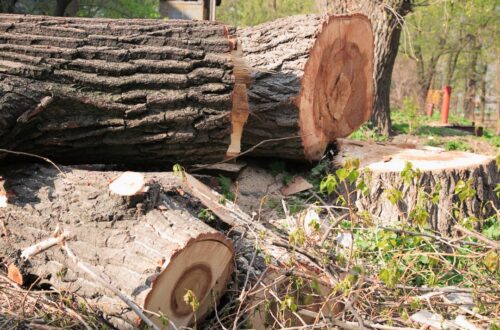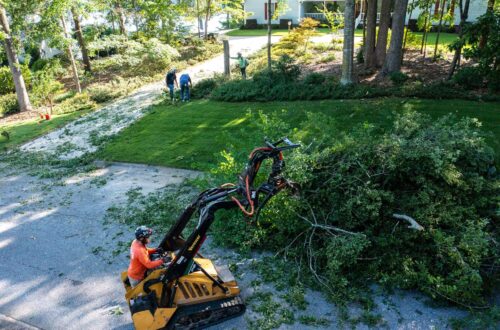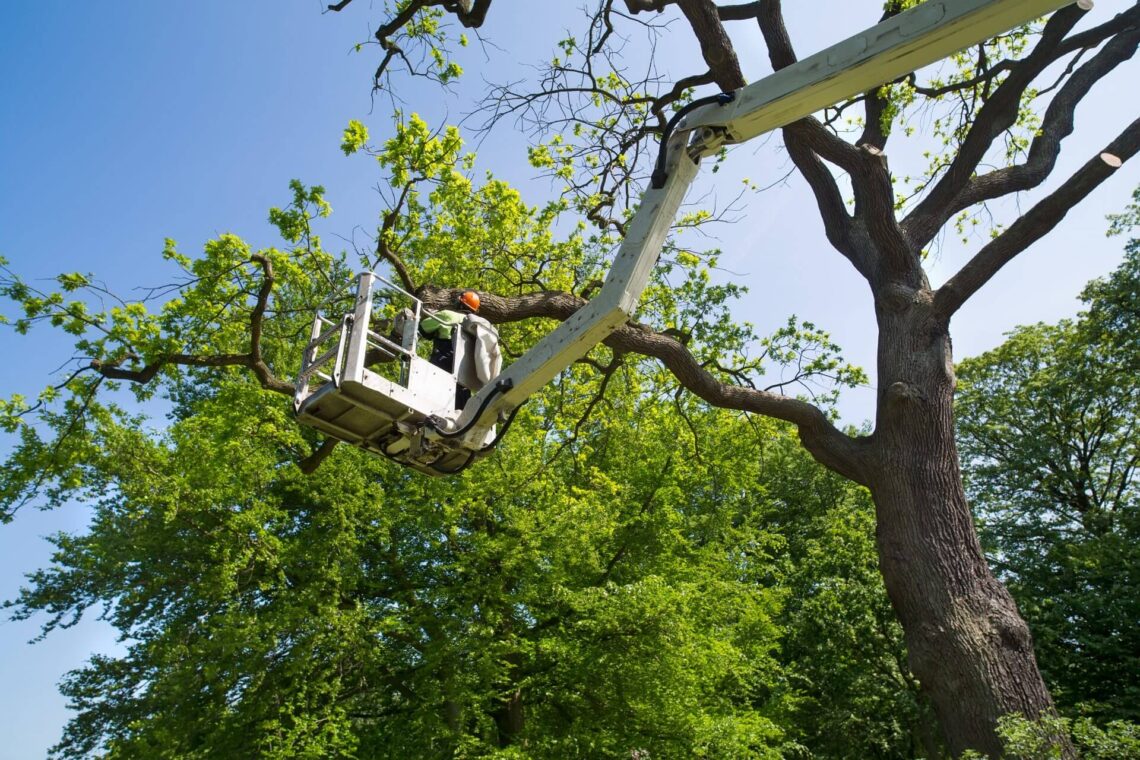
Understanding Tree Removal Costs in Sydney: A Comprehensive Guide
Tree removal is a necessary task that many homeowners in Sydney may need to face at some point. Whether it’s due to a tree becoming a safety hazard, interfering with power lines, or simply getting in the way of construction projects, understanding the costs associated with tree removal is crucial. In this comprehensive guide, we will explore the basics of tree removal, factors that influence costs, average cost estimates, the process of tree removal, and the importance of hiring a professional tree removal service.
The Basics of Tree Removal in Sydney
Tree removal involves the complete removal of a tree from its location. This process includes cutting the tree down, removing the tree stump, and disposing of the tree debris. Tree removal is often necessary when a tree poses a risk to people or property or when it is desired to clear a space for something new.
When it comes to tree removal in Sydney, it’s essential to consider the local regulations and environmental impact. In a city known for its lush greenery, the removal of trees is a carefully monitored process. Before any tree removal takes place, it’s crucial to obtain the necessary permits and permissions from the local council to ensure compliance with the law. Learn more about the process of palm tree removal.
What is Tree Removal?
Tree removal is the process of safely cutting down and removing a tree from its location. It requires proper equipment, knowledge, and skills to ensure the task is carried out safely and efficiently.
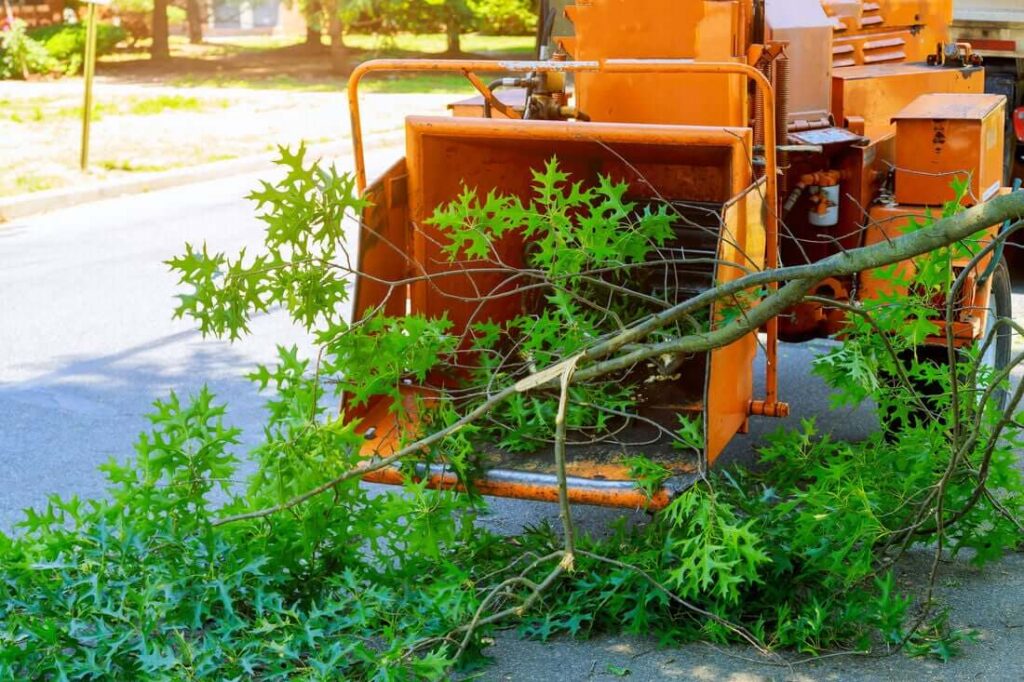
Furthermore, tree removal is not just about cutting down a tree; it also involves assessing the surrounding area for any potential risks or obstacles. Professional arborists often conduct a thorough inspection to determine the best approach for tree removal, taking into account factors such as tree height, proximity to structures, and the presence of wildlife habitats.
Why Tree Removal is Necessary
There are several reasons why tree removal may be necessary. Firstly, if a tree is dead or dying, it may become unstable and pose a safety hazard. Storm-damaged trees or trees infected with pests or diseases may also need to be removed to prevent further damage. Additionally, trees that are growing too close to power lines or structures can interfere with their integrity and require removal.
Moreover, tree removal is not always a standalone process. In some cases, tree removal is part of a larger landscaping project aimed at transforming outdoor spaces. By removing old or unwanted trees, property owners can create room for new plantings, structures, or outdoor living areas, enhancing the overall aesthetics and functionality of the landscape.
Factors Influencing Tree Removal Costs
Several factors influence the cost of tree removal in Sydney. These include the size of the tree, its location, and its condition. Understanding these factors can help homeowners estimate the costs involved accurately.
When considering tree removal costs, it’s essential to take into account not only the direct expenses but also the potential indirect costs that may arise. For example, if a tree is located in a hard-to-reach area, the arborists may need to use specialized equipment or spend more time on the job, leading to higher overall costs.
Size of the Tree
The size of the tree is one of the primary factors that impact the cost of removal. Larger trees generally require more time, labor, and specialized equipment to remove safely. Therefore, larger trees tend to come with higher removal costs compared to smaller trees.
In addition to the physical size of the tree, its species can also influence the removal cost. Some tree species have denser wood or more extensive root systems, making them more challenging to remove and potentially more expensive.
Tree’s Location
The location of the tree also affects tree removal costs. Trees that are near buildings, power lines, or other structures may require additional precautions and careful removal techniques, increasing the overall cost.
Furthermore, trees located in confined spaces, such as urban environments or backyards with limited access, may require the use of cranes or other specialized equipment for safe and efficient removal, adding to the total cost.
Tree’s Condition
The condition of the tree plays a role in the removal cost as well. Trees that are dead, diseased, or structurally unstable may require more careful planning and additional safety measures during removal. Consequently, the cost of removing an unhealthy or hazardous tree may be higher.
In some cases, if a tree is infected with pests or diseases, special precautions may need to be taken to prevent the spread of the infestation to other trees in the vicinity. This can involve additional steps such as sterilizing equipment or disposing of the tree in a specific manner, all of which can contribute to the overall cost of removal.
Average Cost of Tree Removal in Sydney
While tree removal costs can vary significantly depending on various factors, having a general idea of the average costs can be helpful for budgeting purposes. Tree removal is a task that requires expertise and precision to ensure safety and efficiency. In Sydney, where the urban landscape meets the natural beauty of trees, the cost of tree removal reflects the skilled labor and equipment needed to carry out this job.
When considering the removal of a tree, it’s essential to take into account not only the monetary cost but also the environmental impact and the potential for future landscaping opportunities. Understanding the average cost of tree removal in Sydney can guide property owners in making informed decisions about tree maintenance and landscaping projects.
Cost per Tree Size
On average, smaller trees with a height of up to 30 feet can cost between $300 and $600 to remove in Sydney. Medium-sized trees, ranging from 30 to 60 feet in height, may cost between $600 and $1,200. Larger trees over 60 feet in height can cost $1,200 or more to remove. These estimates include the cutting down, removal of the stump, and the hauling of debris. The size of the tree plays a significant role in determining the complexity of the removal process, hence impacting the overall cost.
Additional Costs to Consider
In addition to the base removal cost, there may be additional costs to consider. These can include factors such as the need for tree limb removal, stump grinding, the distance from the tree to the disposal site, and any special circumstances or requirements specific to the property or tree. Each tree removal project is unique, and additional costs may arise based on the specific conditions of the tree and its surroundings. Property owners should factor in these additional costs to ensure a comprehensive budget for the tree removal process.
The Process of Tree Removal
The process of tree removal involves several steps that ensure the safe and efficient removal of the tree from the property.
Initial Assessment
Before any tree removal work can begin, a certified arborist or tree removal service will conduct an initial assessment. They will inspect the tree’s health, size, location, and condition to determine the best course of action. This assessment helps them identify any potential risks or challenges that may be encountered during the removal.
Moreover, during the initial assessment, the arborist will also take into consideration the surrounding environment, such as nearby structures, power lines, and landscaping features. This detailed evaluation is crucial in developing a safe and effective tree removal plan that minimizes any potential hazards or damages.
Removal Procedure
Once the initial assessment is complete, the tree removal process can begin. It typically starts with the tree being cut down from the base and sections being lowered to the ground safely. The removal crew will use specialized equipment, such as ropes, pulleys, and chainsaws, to carefully dismantle the tree and minimize any damage to the surrounding area. After the tree is cut down, the stump is usually ground or removed, and the debris is then hauled away for disposal.
In addition, the tree removal crew will work in a systematic manner, ensuring that each section of the tree is safely lowered to the ground to prevent any accidents or property damage. Safety measures, such as wearing protective gear and using proper cutting techniques, are strictly followed throughout the removal process to protect both the workers and the property.
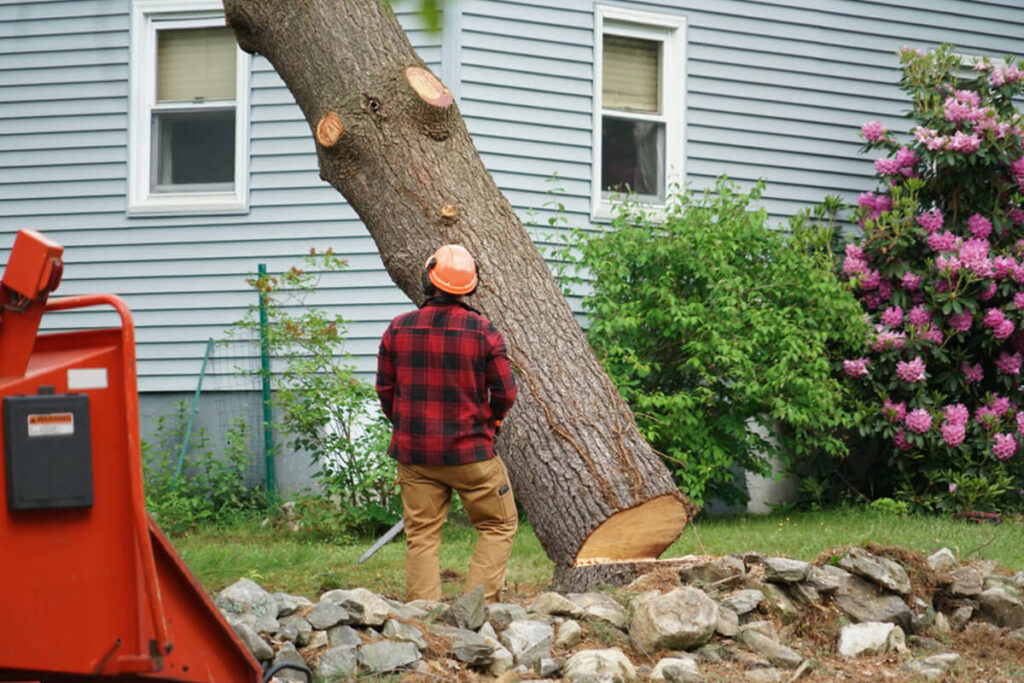
Hiring a Professional Tree Removal Service
While some homeowners may consider removing a tree themselves to save money, hiring a professional tree removal service is recommended for various reasons.
Benefits of Hiring Professionals
Professional tree removal services have the experience, skills, and equipment necessary to safely and efficiently remove trees. They are trained in all aspects of tree removal, including the use of specialized equipment and techniques, ensuring the task is carried out without causing harm to people or property. Additionally, professional tree removal services typically have insurance coverage, providing protection in case of any accidental damage or injuries during the removal process.
But what exactly does the process of tree removal entail? Well, it starts with a thorough assessment of the tree’s condition and the surrounding area. This evaluation helps the professionals determine the best approach to safely remove the tree. They take into consideration factors such as the tree’s size, location, and any potential hazards that may be present.
Once the assessment is complete, the professionals will carefully plan the removal process. This may involve the use of cranes, ropes, or other specialized equipment to ensure the tree is safely brought down. They will also take precautions to protect nearby structures, such as using protective barriers or strategically placing mats to prevent any damage.
How to Choose the Right Service
When it comes to choosing a tree removal service, there are several factors to consider. It’s essential to hire a licensed and insured company with a good reputation and positive customer reviews. Asking for references and obtaining multiple quotes can also help in making an informed decision. Additionally, checking if the company follows industry standards and safety procedures is crucial to ensure the removal is conducted safely and professionally.
Furthermore, it’s worth noting that not all tree removal services offer the same level of expertise. Some may specialize in certain types of trees or have additional certifications that demonstrate their commitment to quality work. Taking the time to research and ask questions can help homeowners find a service that meets their specific needs.
Understanding tree removal costs in Sydney is vital for homeowners who may need to remove trees from their property. By knowing the basics of tree removal, the factors that influence costs, average cost estimates, the removal process, and the benefits of hiring professionals, homeowners can make informed decisions when it comes to tree removal. Remember, safety should always be a priority, and working with a professional tree removal service can help ensure a successful and hassle-free tree removal experience.



